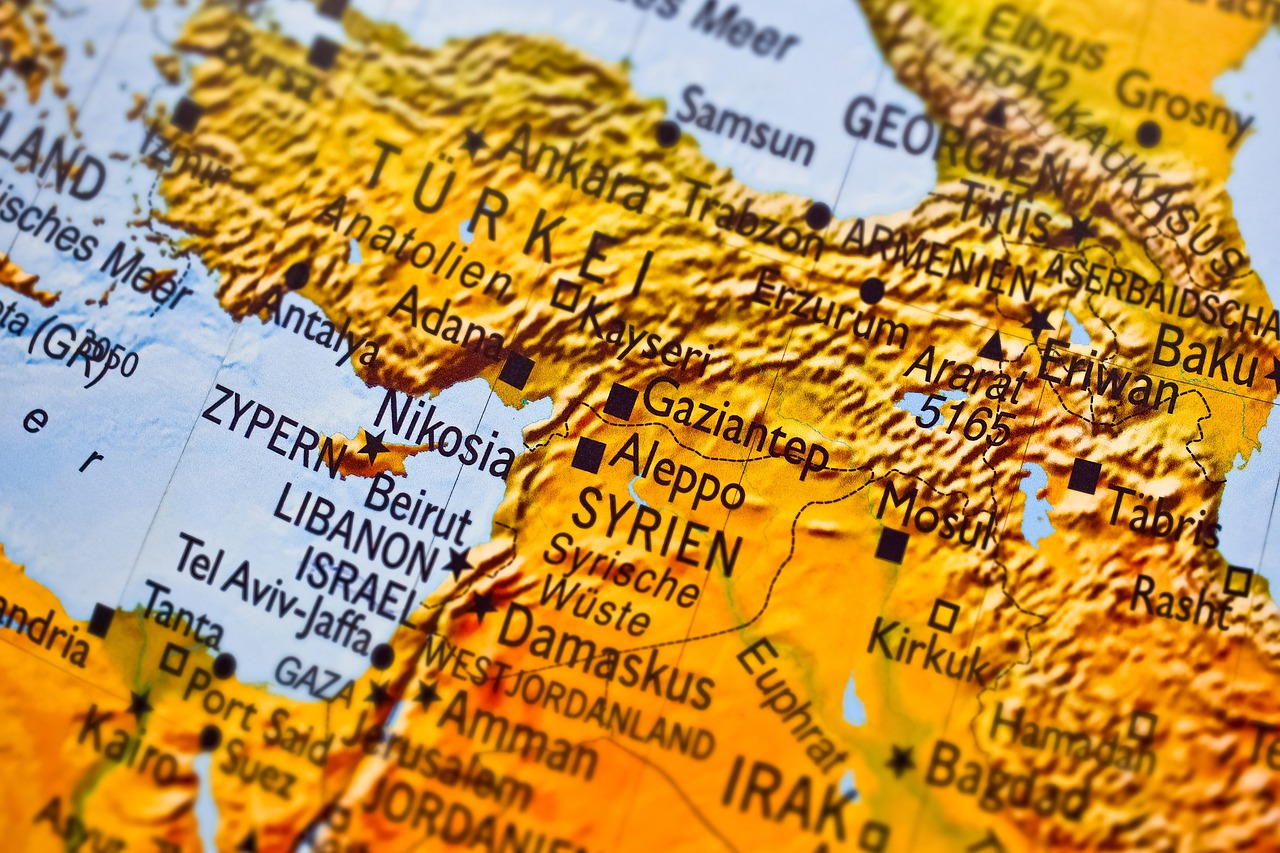On the 20th of August, the IDF retrieved the bodies of six Israeli hostages which had been kidnapped alive and were held in Hamas captivity. This prompted the frustration of their families as they believed that this outcome could have been avoided.
As per our last article, the hostage deal hangs by a thread, as Hamas finds the conditions set upon them as being unacceptable for multiple points, this positioning being reported by multiple sources: the Israeli control over the Philadelphi Corridor, over the Netzarim route, the inspection of displaced civilians upon their return to norther Gaza, some supposed changes to the hostage-prisoner exchange details and the tying of aid and future reconstruction of Gaza to the acceptance of some other undisclosed conditions. While the deal is still being talked about, there is hope for some resemblance of it, but as it stands, it looks very much as being failed and, as many still see it, a last chance.
This, unfortunately, will be another missed opportunity for the cessation of hostilities between Hamas and Israel, at least as a temporary one anyway, since the deal was never to be accepted by the Israeli side if it did not accept that future hostilities would be restarted. It is estimated that 109 hostages continue to be held in captivity by Hamas and other militant groups within Gaza.
The IDF issued multiple evacuation orders in the week before the 21st of August, as reported by UNRWA. One such an order was issued for the entire Al Maghazi Refugee Camp and parts of Deir Al Balah. Polio vaccination is announced to take place starting with the end of August in the Gaza Strip after a 10 moth-old child has been diagnosed with the disease. This happened after more than a half a century had passed since it was last encountered and, most likely, due to the harsh conditions caused by the war and low access for humanitarian aid into the Strip. Multiple UN agencies are cooperating and coordinating the future campaign because this disease also threatens the whole region, not just Gaza.
The small patch of land is currently suffering in multiple ways, besides the ongoing air and artillery strikes, including health issues, access to water and basic sanitation access and hunger. In its current situation, in the Gaza Strip, 9 out of 10 people are registered as internally displaced, while many of them have been repeatedly displaced, some up to 10 times, according to the UN.
The tensions continue to grow considering the lack of a negotiated ceasefire between Israel and Hamas, with the Iranian retaliation looming – this has also been reportedly tied to the success, or failure for that matter, of the ongoing negotiations. This opinion has also been voiced by multiple Israeli and US officials tied to the negotiation teams.
Northern Israel continues to be the front line between Hezbollah and the IDF, with multiple rocket attacks and drone strikes taking place since our last article, which has unfortunately recorded further casualties and wounded. These exchanges, while not massive in scale, on a macro level, can be grounds for further escalation even though, for the moment, there is little political will for such a thing.
The situation continues to be misrepresented, with constant misinformation taking place, exaggerated or underwhelmed numbers being reported, false claims and a continuous war in the news space and social media platforms. This conflict has seen one of the most intense media battles to take place between the sides and this phenomenon is actively constraining real and accurate information from getting out, causing a fog of war and manipulation of the international community.
This also causes the real issues and humanitarian issues to take a secondary space in the media and the calls for aid are being suppressed by the fast-paced environment and emergence of subjects that almost always take the attention away from the upper-mentioned.

